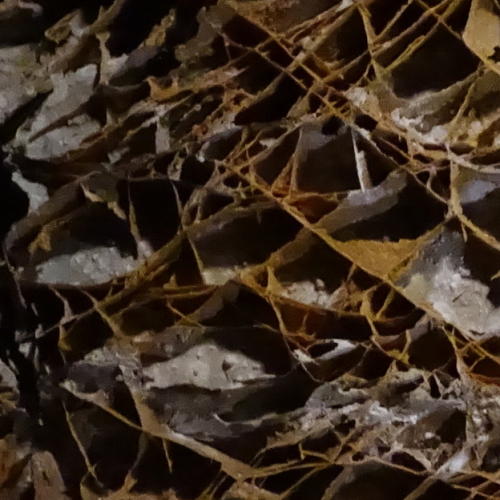Scheduling conflicts at ISS delay Starliner unmanned demo flight till May
NASA and Boeing have been forced to again delay the second unmanned Starliner demo mission to ISS due to scheduling conflicts with Soyuz and Dragon missions in April, forcing the flight to slip to May.
A Russian Soyuz capsule is set for launch April 9 from the Baikonur Cosmodrome in Kazakhstan with two Russian cosmonauts and a U.S. astronaut. The Soyuz MS-18 spacecraft will dock with the space station about three hours after launch, and an outgoing three-person crew will depart and return to Earth on April 17.
SpaceX’s next Crew Dragon flight to the space station is set for launch from NASA’s Kennedy Space Center in Florida around April 20 with astronauts Shane Kimbrough, Megan McArthur, Akihiko Hoshide, and Thomas Pesquet. Their mission, known as Crew-2, will last about six months.
The four astronauts who flew to the station last November on the Crew-1 mission — aboard the Crew Dragon “Resilience” spacecraft — will return to Earth in late April or early May. Both docking ports capable of receiving the Boeing Starliner capsule will be occupied during the crew handover in late April.
They had hoped to launch on April 2nd, but I suspect strongly that Boeing and NASA are glad to have this extra time.
NASA and Boeing have been forced to again delay the second unmanned Starliner demo mission to ISS due to scheduling conflicts with Soyuz and Dragon missions in April, forcing the flight to slip to May.
A Russian Soyuz capsule is set for launch April 9 from the Baikonur Cosmodrome in Kazakhstan with two Russian cosmonauts and a U.S. astronaut. The Soyuz MS-18 spacecraft will dock with the space station about three hours after launch, and an outgoing three-person crew will depart and return to Earth on April 17.
SpaceX’s next Crew Dragon flight to the space station is set for launch from NASA’s Kennedy Space Center in Florida around April 20 with astronauts Shane Kimbrough, Megan McArthur, Akihiko Hoshide, and Thomas Pesquet. Their mission, known as Crew-2, will last about six months.
The four astronauts who flew to the station last November on the Crew-1 mission — aboard the Crew Dragon “Resilience” spacecraft — will return to Earth in late April or early May. Both docking ports capable of receiving the Boeing Starliner capsule will be occupied during the crew handover in late April.
They had hoped to launch on April 2nd, but I suspect strongly that Boeing and NASA are glad to have this extra time.






